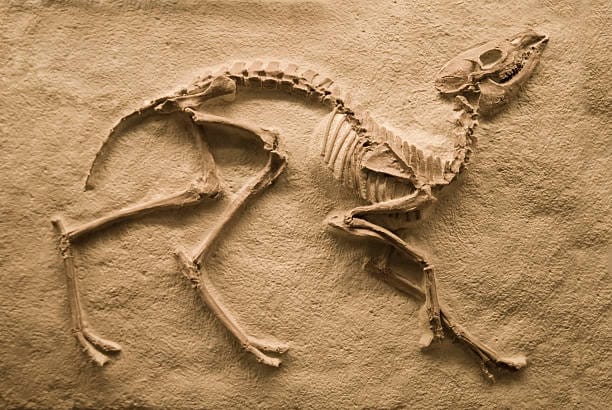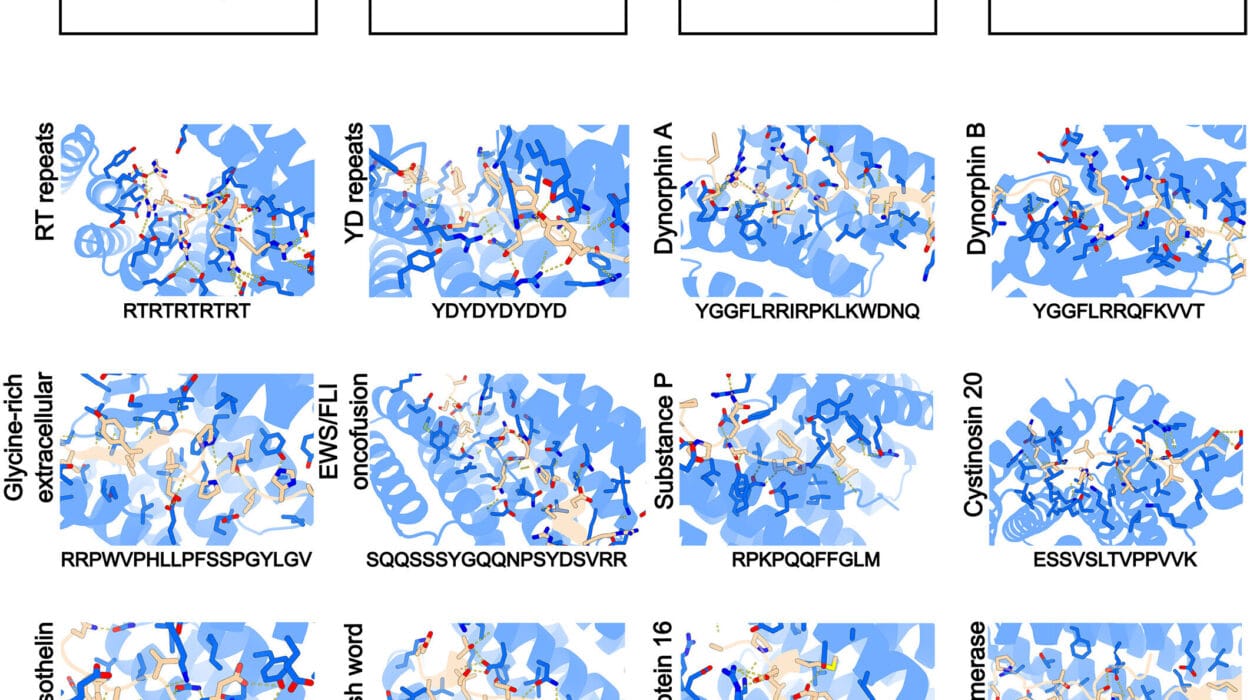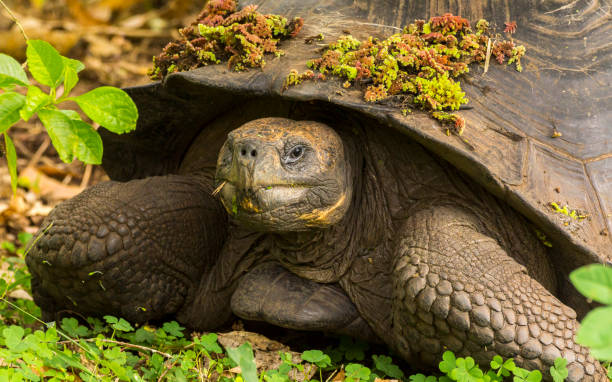The Earth’s crust holds more than dirt and stone—it cradles the long-forgotten whispers of ancient life. Every layer, every stratum, is a page in the planet’s biography. When paleontologists dig through the crust, they aren’t just searching for bones. They’re searching for meaning, for time’s trail, for echoes of life that once moved, breathed, hunted, and vanished. But how do they know how old these fragments are? How can they read the invisible clock embedded in rock?
To answer this, we have to follow them down into the fossil beds, into the silence of ancient oceans and vanished forests, into the cathedral of time itself. Fossils may be remnants of dead organisms, but they live again through the story they tell—if you know how to listen. And listening, in this case, means understanding how we measure time not in seconds or minutes, but in eons.
When Memory Ends, Rock Remembers
In the field of paleontology, time is not merely a backdrop—it is the substance of the science. Without knowing the age of a fossil, the specimen is just a curiosity, floating without context. Dating fossils isn’t merely about attaching a number to a bone or a shell. It’s about placing that fossil within the immense tapestry of Earth’s changing life. It’s about reconstructing the forgotten.
The Earth is a patient storyteller, layering sediment upon sediment, preserving what chance and chemistry allow. When ancient organisms died—whether in a muddy river delta or the calm floor of a shallow sea—their remains were sometimes buried, mineralized, and preserved. But unlike human memories, which fade, these remnants can last hundreds of millions of years. They are not static. They are geological postcards, stamped with clues.
The rock layers themselves—the sedimentary strata—form a natural chronology. Each layer holds a moment in time. Fossils embedded in these layers inherit their place in the timeline, if you know how to read it. But the task is delicate and full of challenges. To date a fossil is to peel back time’s veil and glimpse a world so alien, so distant, that it defies imagination. And yet, through ingenious methods born of human curiosity and scientific rigor, we do it.
Stratigraphy: Reading the Rock Library
The foundation of fossil dating lies in stratigraphy—the study of rock layers. This discipline predates modern technology and finds its roots in simple observations made centuries ago. Sediments settle over time in layers, with the oldest at the bottom and the newest on top. It sounds simple, and in many ways it is. But nature rarely makes things easy.
In an ideal world, rock layers remain untouched and ordered like pages in a pristine book. But in the real world, tectonic upheaval, erosion, volcanic activity, and metamorphism can distort, fold, break, and even erase the pages. Despite this, the relative position of fossils within sedimentary rock still gives us a powerful tool for constructing a sequence. If fossil A is found in a layer beneath fossil B, then fossil A is older. This principle—called the Law of Superposition—is the bedrock of relative dating.
Yet stratigraphy does more than order events. It reveals environments. By examining the nature of the sediments—fine-grained shale, coarse sandstone, ripple marks, fossilized roots—scientists can infer whether an organism lived in a riverbed, a desert, or a shallow sea. These insights deepen the narrative of the fossil, transforming it from a static object into a participant in an ancient world.
But relative dating has its limits. It cannot tell us exactly how many years ago something lived—only that it’s older or younger than something else. For the precision of absolute age, paleontologists had to wait for physics to catch up.
Radiometric Dating: Atoms as Timekeepers
In the heart of an atom lies time itself. Within unstable isotopes—versions of elements with more neutrons than they can comfortably hold—there is a built-in clock. These atoms decay at a predictable rate, transforming into more stable forms over time and releasing energy in the process. If you know the original amount of an isotope and the amount that remains, you can calculate how much time has passed. This is the essence of radiometric dating.
This breakthrough did not come from paleontology, but from the world of nuclear physics. In the early 20th century, as scientists probed the mysteries of radioactivity, they discovered that certain elements, such as uranium, potassium, and carbon, decay at fixed rates. These decay rates are expressed as half-lives—the time it takes for half the original isotope to transform.
Paleontologists, seizing upon this tool, began applying it to the rocks surrounding fossils. Although most sedimentary rocks—the ones that contain fossils—cannot be directly dated with radiometric methods, layers of volcanic ash or igneous intrusions nearby can be. By dating these layers above and below the fossil-bearing strata, scientists bracket the age of the fossil to a specific window of time.
One of the most famous radiometric methods is uranium-lead dating, which can measure ages in the billions of years. This is crucial for dating the oldest rocks on Earth. Potassium-argon and argon-argon methods are also common, especially useful in dating volcanic layers associated with human evolution sites in East Africa. Meanwhile, radiocarbon dating—a method known even outside scientific circles—is used for dating organic remains up to about 50,000 years old.
Each atom that decays is like a whisper from the past. These whispers, multiplied across minerals, form a chorus that paleontologists interpret to understand not only when an organism lived, but what the Earth was doing at that moment.
The Fossil Clock: Biostratigraphy and Index Fossils
Sometimes, the best way to date a fossil is with another fossil. Biostratigraphy uses the presence of certain species—called index fossils—as markers for specific intervals of geologic time. These species must meet strict criteria: they must have had a wide geographic distribution, been abundant, and existed for a relatively short geologic duration.
Because such organisms lived during well-defined periods, their fossils act as time-stamps. If you find an index fossil in a rock layer, you can correlate it with layers of the same age elsewhere. This is especially useful in regions where radiometric dating is not possible.
Ammonites, trilobites, foraminifera, and certain pollen species serve as classic index fossils. Their remains, scattered across the globe and layered through time, have allowed paleontologists to build detailed frameworks of relative age. When combined with radiometric dates, biostratigraphy forms a bridge between the fossil record and absolute chronology.
The elegance of this system is poetic: life measures time by its own extinction. The rise and fall of species chart the slow march of eons, not with gears and dials, but with extinction and emergence. Life itself is the clockwork.
Magnetism Frozen in Stone
There is another, more obscure clock etched into the rocks: the Earth’s magnetic field. Over geological time, the planet’s magnetic poles have flipped—north becomes south, and vice versa. These reversals, known as geomagnetic reversals, are recorded in volcanic and sedimentary rocks.
When molten lava cools, iron-bearing minerals within it align with the Earth’s magnetic field, like microscopic compass needles. Once solidified, these orientations are locked in place, preserving a record of the direction of the field at the time of cooling. Sedimentary rocks can also preserve magnetic signals through slow alignment of mineral grains during deposition.
By comparing these recorded magnetic signatures to a global timeline of known reversals—a field known as magnetostratigraphy—scientists can further narrow down the age of a rock sequence. This method is especially powerful when used alongside other dating techniques.
The Earth’s invisible magnetic heart, then, becomes yet another storyteller. In its flipping poles and magnetized stones, we find another chronicle of time.
Counting the Cosmic Clock: Isotopes from Space
Beyond Earth, cosmic rays also leave their mark. When high-energy particles from space collide with the atmosphere, they create new isotopes, such as beryllium-10 or carbon-14. These isotopes accumulate in rocks and fossils at known rates. By measuring their concentration, scientists can estimate how long the surface has been exposed—a method called cosmogenic nuclide dating.
This approach is particularly useful in regions shaped by glaciers, landslides, or desert erosion. It helps paleontologists and geologists date the surfaces upon which fossils are found, especially in environments where other dating methods fall short.
Even space, then, contributes to Earth’s timekeeping. The bombardment of cosmic particles becomes part of the narrative, a silent ticking from the stars.
The Symphony of Methods: Cross-Dating and Confidence
No single method stands alone. The most accurate fossil dates arise from the convergence of multiple lines of evidence. Stratigraphy, radiometric dating, biostratigraphy, magnetostratigraphy, and isotopic analyses all speak with different voices. When those voices harmonize, the confidence in the fossil’s age becomes strong.
Cross-dating—using multiple techniques in tandem—allows scientists to check, refine, and sometimes revise earlier conclusions. A fossil that seemed to belong to the Jurassic might, under scrutiny, shift into the Triassic. These corrections are not failures, but signs of a living science, one always evolving.
Dating fossils is a slow, careful dance between evidence and interpretation. It requires not just technical skill, but philosophical humility. Each technique has limitations. Each fossil carries uncertainties. Yet together, they form a powerful symphony of inference, making the invisible visible and the ancient audible.
Time’s Deepest Echoes: The Oldest Fossils
Some of the earliest evidence of life on Earth dates back over 3.5 billion years. These are not bones or shells, but microscopic structures: stromatolites built by ancient microbial mats. Their dating requires extraordinary precision and care, often relying on isotopic signatures in the surrounding rock.
Dating these primordial fossils doesn’t just tell us when life began—it tells us about Earth’s environment in those early days, about the chemistry of the oceans, the composition of the atmosphere, and the silent resilience of microbial life. It tells us that life began not in grandeur, but in persistence. It crept forward through the darkness, leaving behind clues too small for the eye, but not for the mind.
Fossils of the Future
As dating techniques improve, we are not merely looking backward with greater clarity—we are preparing to look forward. The same methods used to read Earth’s past may one day be applied to other planets. Already, Mars rovers are scanning sedimentary layers and searching for biosignatures. When or if we find life beyond Earth, dating its remains will be as crucial as identifying them. Knowing when something lived is key to knowing how it lived.
Back on Earth, new technologies like laser ablation and synchrotron radiation allow scientists to date even smaller samples with higher precision. Fossils once thought undatable are now yielding their secrets. Even DNA, though fragile and time-limited, is helping refine timelines in younger specimens through ancient genetic analysis.
The future of fossil dating is not just about tools. It’s about vision. The questions we ask evolve. Once, we asked merely, “How old is this bone?” Now we ask, “What does this age tell us about the evolution of ecosystems? About extinction and survival? About climate change and resilience?”
The Human Heart in Deep Time
There is something deeply human about the quest to date fossils. We, too, are a species bound by time, aware of its passage, haunted by its brevity. To understand when something lived is to place it in a lineage—not just biological, but emotional. It’s to feel the weight of time pressing behind us, a cathedral built from the lives of billions.
When a paleontologist holds a fossil in hand—whether it’s a tooth, a trilobite, or a sliver of shell—they are not merely handling a relic. They are touching a fragment of time. And when they date that fossil, when they fix it on the vast tapestry of Earth’s history, they are not just placing a marker. They are lighting a lantern in the darkness of prehistory.
The question of age is more than scientific. It is existential. Who came before us? How long have we been part of this story? In the end, dating fossils does not just tell us when life was—it tells us that life was, that it endured, and that its memory lives in stone.






